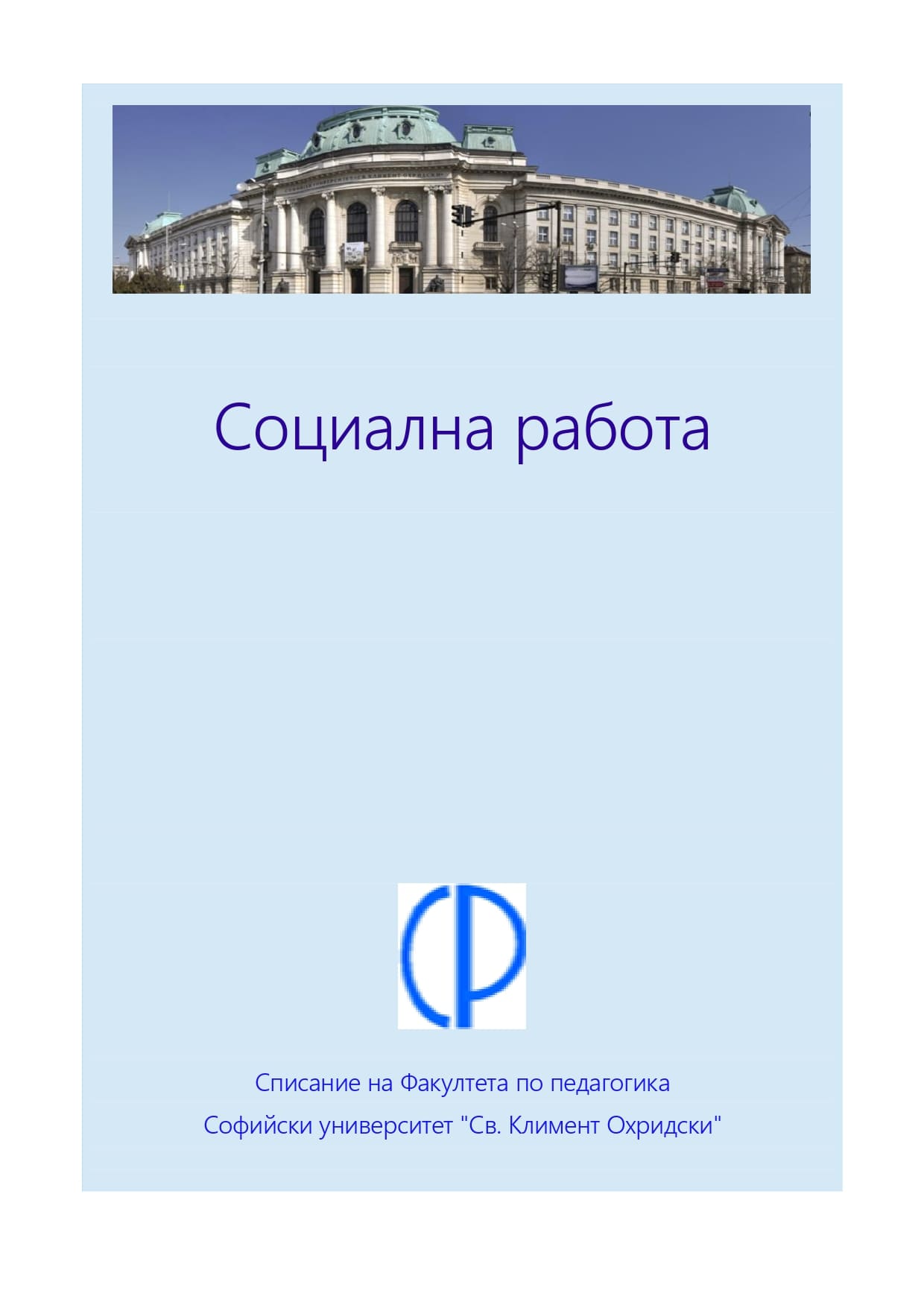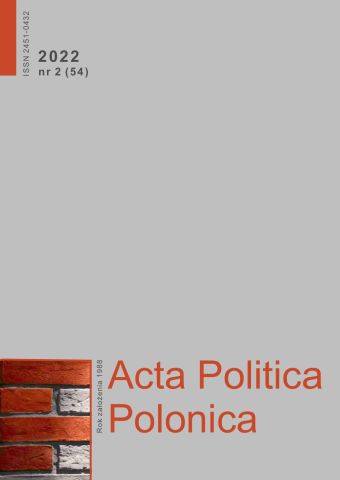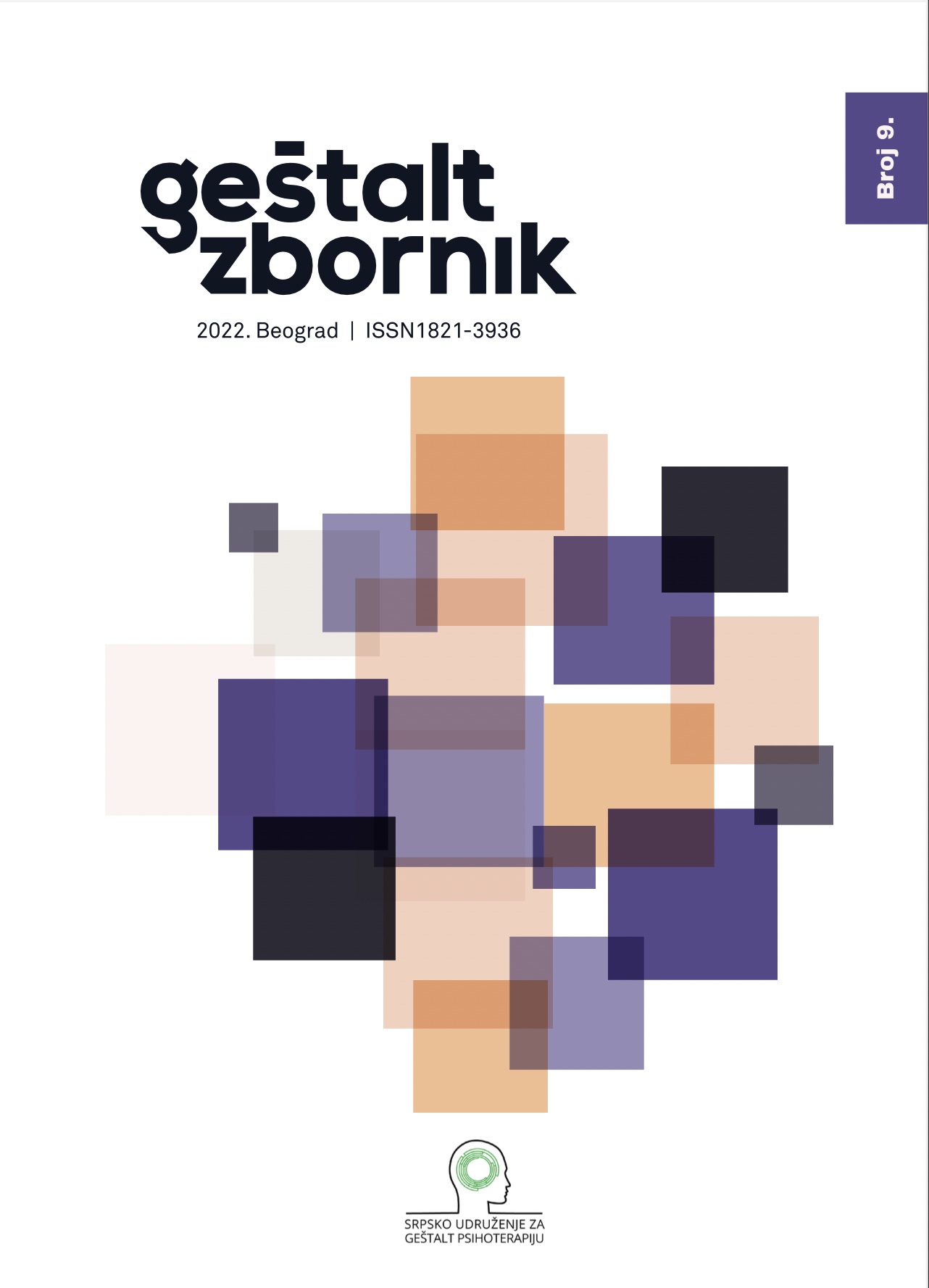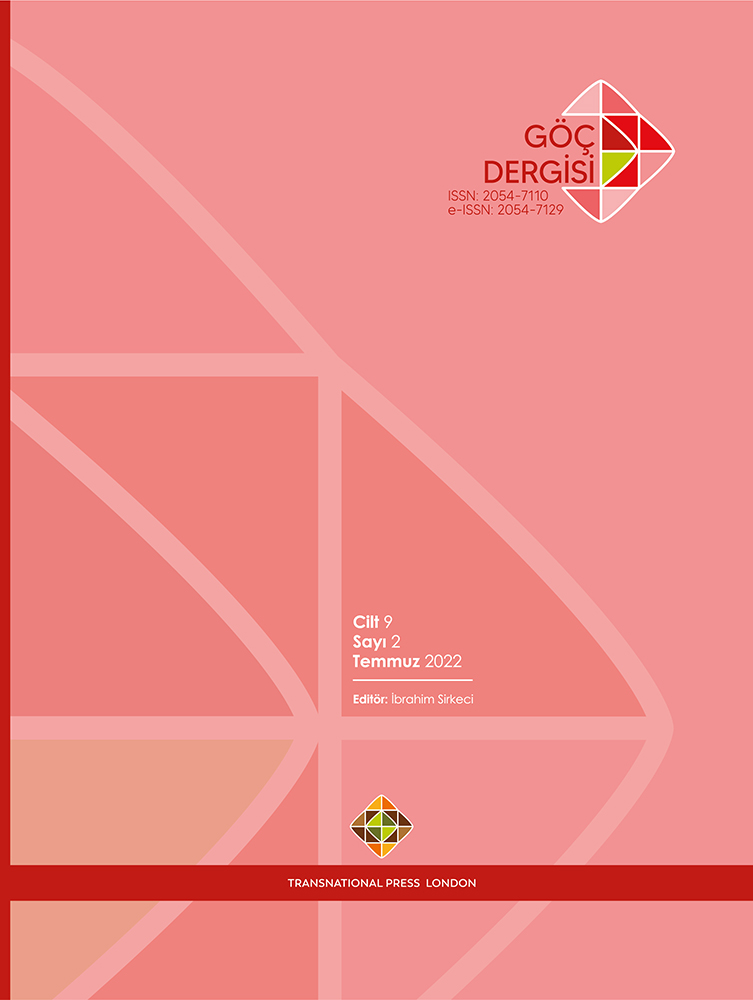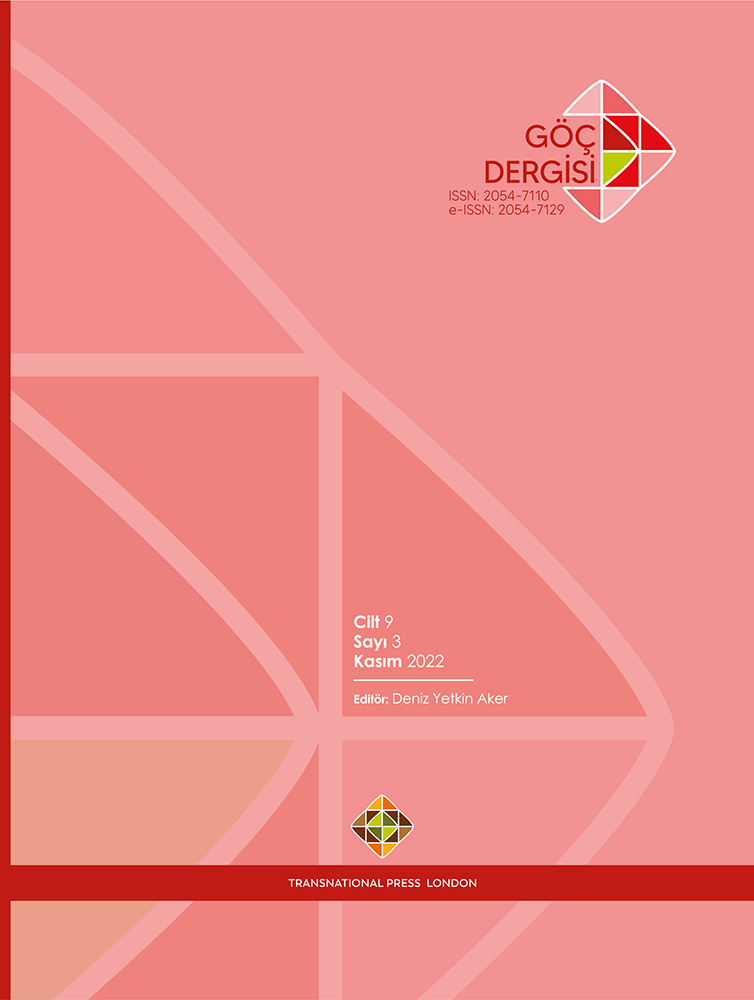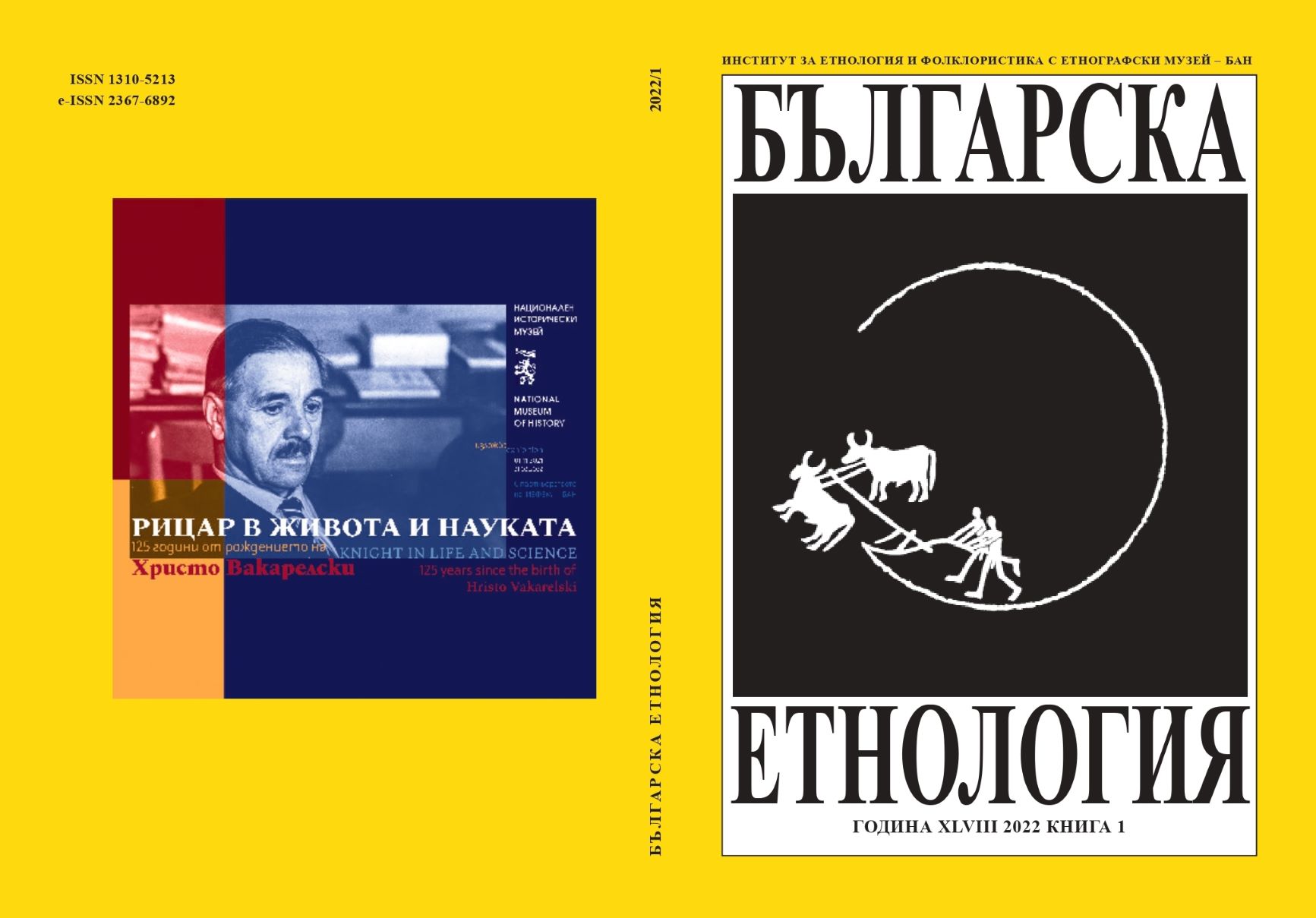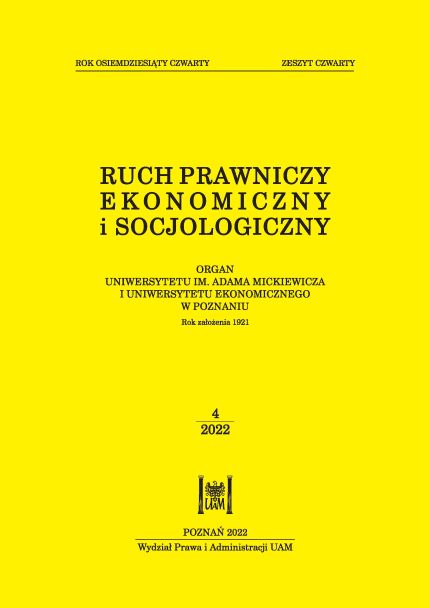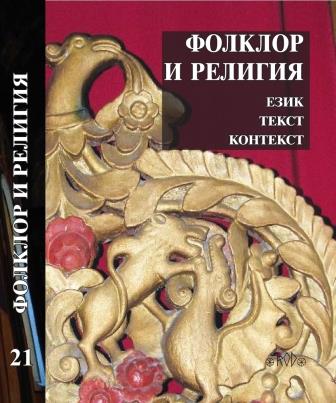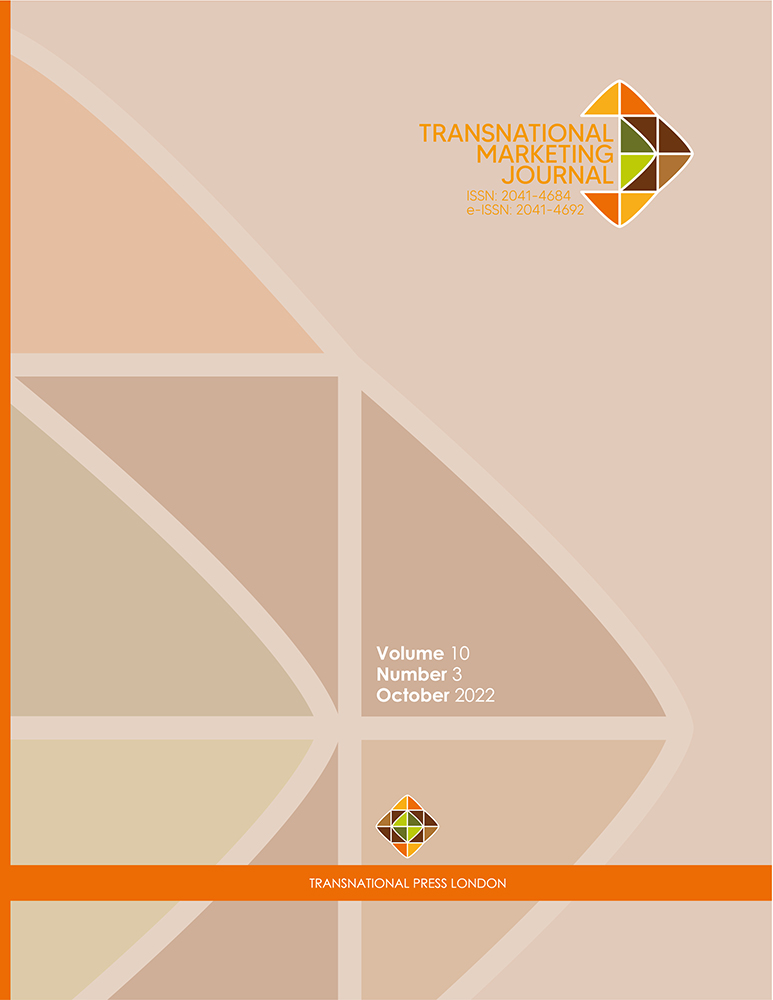
Cognitive Dissonance in Online Shopping in an Emerging E-tailing Market
The paper investigates cognitive dissonance in the context of online shopping of electronic products. The study attempts to analyze the influence of product involvement and perceived risks on cognitive dissonance. To the best of the authors' knowledge, this is one of the first studies to assess the impact of perceived risks on cognitive dissonance in the online purchase of electronic products in an emerging and thriving market like India. This study contributes significantly in understanding online buying behavior in electronics product category which is currently growing exponentially due to the pandemic. The study further analyzes the impact of cognitive dissonance on satisfaction. It also attempts to address the impact of satisfaction on repurchase intention and Electronic Word of Mouth (EWOM). The study analyzed the reaction of 716 respondents to a structured self-administered questionnaire. Data were analyzed using Partial Least Squares-Structural Equation Modeling (PLS-SEM).The study reveals that cognitive dissonance significantly impacts satisfaction and satisfaction largely impacts repurchase intention and EWOM. The study further shows that product involvement influences cognitive dissonance. On the other hand, perceived risks did not have a significant relationship with cognitive dissonance.
More...
